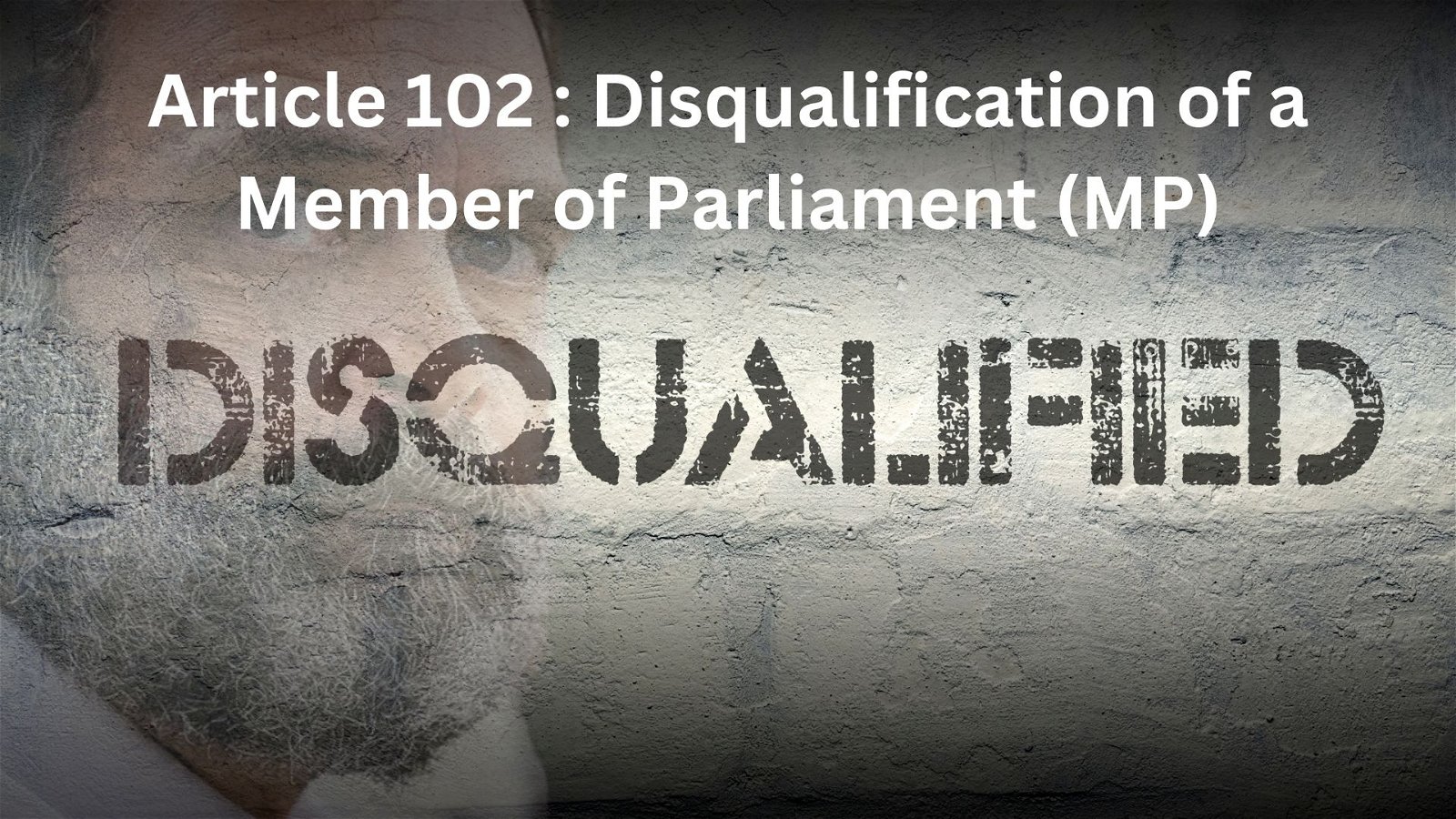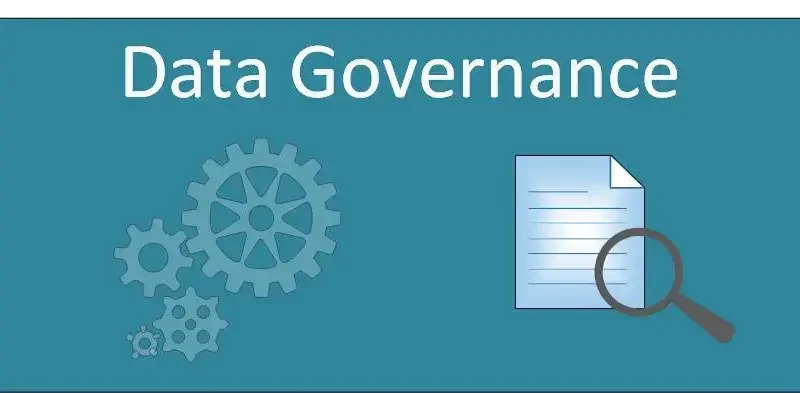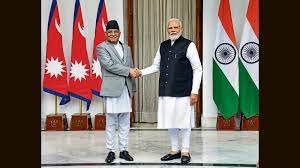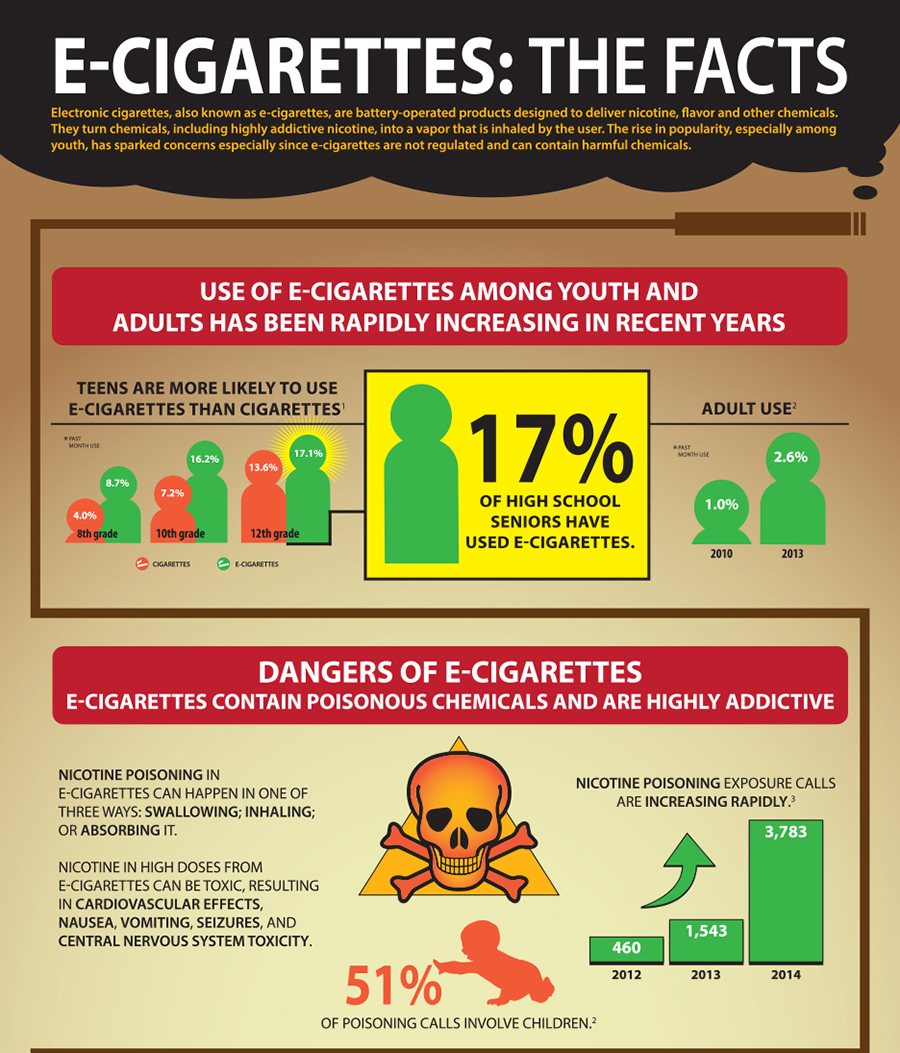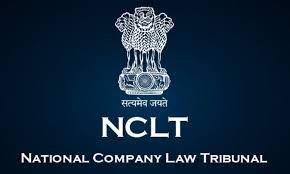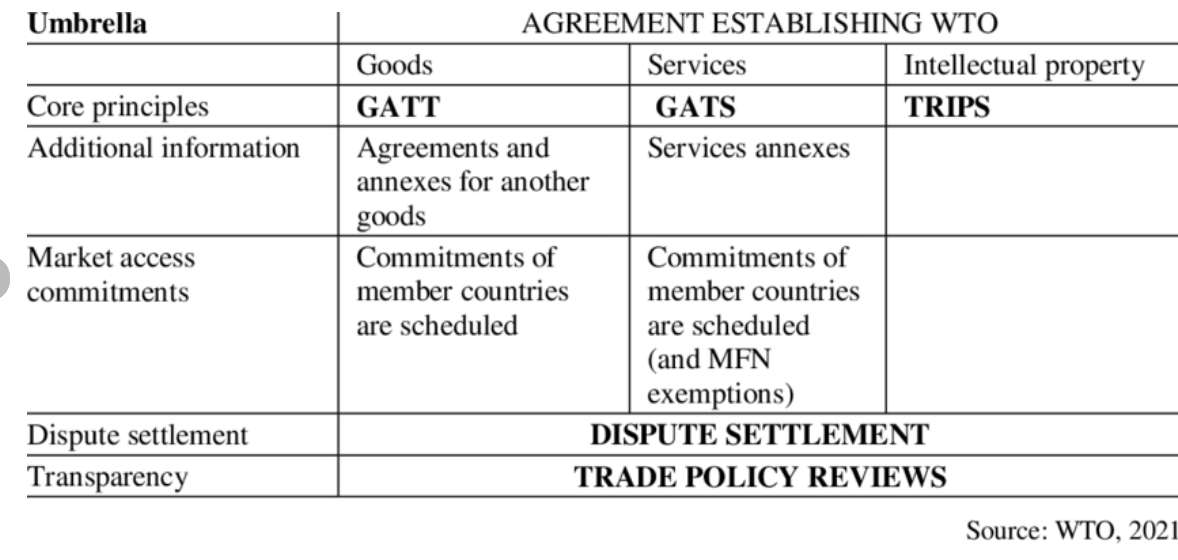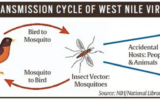
Child Labour
Subscribers of "Current Affairs" course can Download Daily Current Affairs in PDF/DOC
Subscribe to Never Miss an Important Update! Assured Discounts on New Products!
Must Join PMF IAS Telegram Channel & PMF IAS History Telegram Channel
- Context (TH | IE): ‘National Policy on Child Labour: An Assessment’ Report states that India has a long way to go in eliminating child labour.
Definition of Child in India: Discrepancies in the Various Laws
- According to the Child and Adolescent Labour (Prohibition and Regulation) Act, 1986, ‘child’ means a person who has not completed his fourteenth year of age.
- The 2016 Amendment completely prohibits the employment of children below 14 years.
- It also prohibits the employment of adolescents in the age group of 14 to 18 years in hazardous occupations and processes and regulates their working conditions where they are not prohibited.
- Under the Right of Children to Free and Compulsory Education Act, 2009, ‘Child’ means a male or female aged six to fourteen years.
- As per the Minimum Wages Act, 1948 vide its amendment in 1986 a ‘child’ is defined as a person who has not completed his fourteenth year of age.
- The Juvenile Justice (Care and Protection of Children) Act, 2015 defines ‘child’ as a person who has not completed eighteen years of age. The term ‘adolescent’ is not defined in the JJ Act, 2015.
What is Child Labour?
- ILO defines Child labour as ‘The work that deprives children of their childhood, their potential, and their dignity and, that is harmful to their physical and mental development’.
- Worst forms of Child Labour: Slavery, trafficking of children, debt bondage, children in armed conflict, sexual exploitation, prostitution, pornography, use in drug trafficking and organised beggary.
- Key sectors employing child labour in India: Brick kilns, carpet weaving, garment making, domestic service, unorganised sectors (e.g. tea stalls), agriculture, fisheries and mining.
|
Child Labour: Status in India
- According to ILO estimates, there are about 10.1 million working children between the age of 5 to 14 in India, of which 5.6 million are boys and 4.5 million are girls.

- Incidence of child labour in India has decreased by 2.6 million between 2001 and 2011.

Constitutional Provisions For Child Upliftment
- Article 21 A (Right to Education): The State shall provide free and compulsory education to all children of the age of 6 to 14 years.
- Article 23: Prohibition of traffic in human beings and forced labour.
- Article 24: Prohibition of employment of children in factories, mines, etc.
- Article 39 (DPSP – Article 36-51): The State shall direct its policy towards securing that the health and strength of workers and the tender age of children are not abused and that citizens are not forced by economic necessity to enter avocations unsuited to their age or strength.
- Article 45: Early childhood care and education to children below the age of six years.
Child Labour Laws in India
- Factories Act, 1948: It prohibits the employment of children below the age of 14 years in factories.
- The Mines Act, 1952: It prohibits the employment of children below the age of 18 years in mines.
- Right To Education Act, 2009: It provides free, compulsory education to all children aged 6 to 14.
- Child Labour (Prohibition and Regulation) Amendment Act, 2016: It prohibits:
- the employment of children below 14 years and
- the employment of adolescents (14-18 years) in hazardous occupations.
Causes of Child Labour
- Poverty: Poor parents, devoid of any social protection net, consider child labour as a means to supplement their family income, forcing children to work for meagre wages and working beyond their physical and mental capacity.
- Faulty education sector: Lack of adequate facilities, infrastructure & teachers in schools and mounting cost of quality education leads to unaffordability for poor families leading to increasing dropouts, further forcing children, especially girls, to engage in work.
- Rising informalization of the workforce exploits the cheap labour offered by children, insulated from labour regulations. E.g. in the agriculture sector, beedi-rolling, carpet industry, mining sector, etc.
- Administrative failure: Outdated data on child labour, ineffective implementation of law, weak institutions, apathetic/untrained enforcement officers etc.
- Loopholes in the act that allow children to work under certain conditions e.g. in the entertainment industry, family enterprises, etc.
Impact of Child Labour
- Perpetuate the intergenerational cycle of poverty by preventing children from gaining the skills required for decent work, leading to reduced human capital accumulation and loss to the economy.
- Violation of Child’s FRs: It deprives them of education, exposes them to hazardous working conditions, and denies them the right to enjoy their childhood.
- Social injustice: Often children from disadvantaged backgrounds and marginalized groups work as child labourers.
- Forces gender inequality: Child labour disproportionately affects girls, who are often involved in domestic work and forced into early marriages.
- Negative impacts on child health: E.g. In the mining industry, children are exposed to toxic substances and dangerous machinery, which can cause serious health problems.
- Ethical concerns: Emotional neglect deprives children of family love and affection, resulting in loneliness, and hopelessness.
Way Forward
- Removing all definitional ambiguity of who constitutes a child.
- Establish a National Level Child Tracking Mechanism to facilitate coordination among the states/Centre to facilitate prevention, tracing, rescue, rehabilitation and reintegration of rescued children.
- Assigning the task of reporting children selling goods or begging at traffic lights to the traffic police.
- Fixing the accountability of traffickers, in addition to the employer, in case of deployment of child labour.
- Creating a district-level fund on the lines of the provisions contained in the Central Sector Plan for the rehabilitation of bonded labourers for immediate relief and rehabilitation of child labourers.
- Other reforms: Increase in the amount of fine, stricter punishment in the form of cancellation of licence, attachment of property, etc. to be incorporated.
GoI Initiatives for Protection of Child Labour
National Child Labour Project (NCLP) Scheme
- It is a Central Sector Scheme under the Ministry of Labour and Employment (MoL&E).
- In 2016, it was merged with the Samagara Shiksha Abhiyan (SSA) Scheme (MoE).
Objectives
- To eliminate all forms of child labour.
- To identify and withdraw all adolescent workers from Hazardous Occupations.
- To create awareness amongst stakeholders, target communities, etc., on child labour issues.
- To create a monitoring, tracking and reporting system against Child Labour.
Target Groups
- All child workers below 14 years of age in the identified target area.
- Adolescent workers below 18 years of age and engaged in hazardous work.
- Families of Child workers in the recognised target area.
Mandate
- Children aged 5-8 years must be mainstreamed into the formal educational system through the Samagra Shiksha Abhiyaan.
- Children aged 9-14 years must be withdrawn from work and put into NCLP Special Training Centers (STCs) to prepare them for the formal education system.
- Adolescent workers below the age of 18 years in the target area engaged in hazardous occupations are withdrawn from work and provided skills through existing schemes for skill development.
Project Implementation
- District Project Societies (DPS) are set up at the district level under the Chairmanship of the District Magistrate for the implementation of the project.
Funding pattern
- GoI provides 100% of the funding.
- Funds are released directly to the registered NCLP District Project Society.
PENCIL (Platform for Effective Enforcement for No Child Labour) Portal
- It is an electronic platform launched in 2017 for the effective implementation of the NCLP scheme and to establish a child labour-free nation.
- It connects the central government to the state government, district administration, civil society and the general public to achieve the target of a child labour-free society.
- It provides a platform for all to raise a complaint against child labour.
National Commission for Protection of Child Rights
- It is a statutory body established under the Commission for Protection of Child Rights Act, 2005.
- It is responsible for the protection and promotion of the rights of children, including monitoring the implementation of child-specific laws, such as:
- Right to Education (RTE), 2009
- Protection of Children from Sexual Offences (POCSO), 2012
- Juvenile Justice Act, 2015
Functions
- Examine and review existing safeguards for the protection of child rights and recommend measures for their effective implementation.
- Investigate violations of child rights and recommend legal proceedings in appropriate cases.
Other Initiatives
- Ratification of the United Nations Convention on the Rights of the Child.
- Ratification of ILO Convention 182 (Worst Forms of Child Labour Convention).




![PMF IAS Environment for UPSC 2022-23 [paperback] PMF IAS [Nov 30, 2021]…](https://pmfias.b-cdn.net/wp-content/uploads/2024/04/pmfiasenvironmentforupsc2022-23paperbackpmfiasnov302021.jpg)
